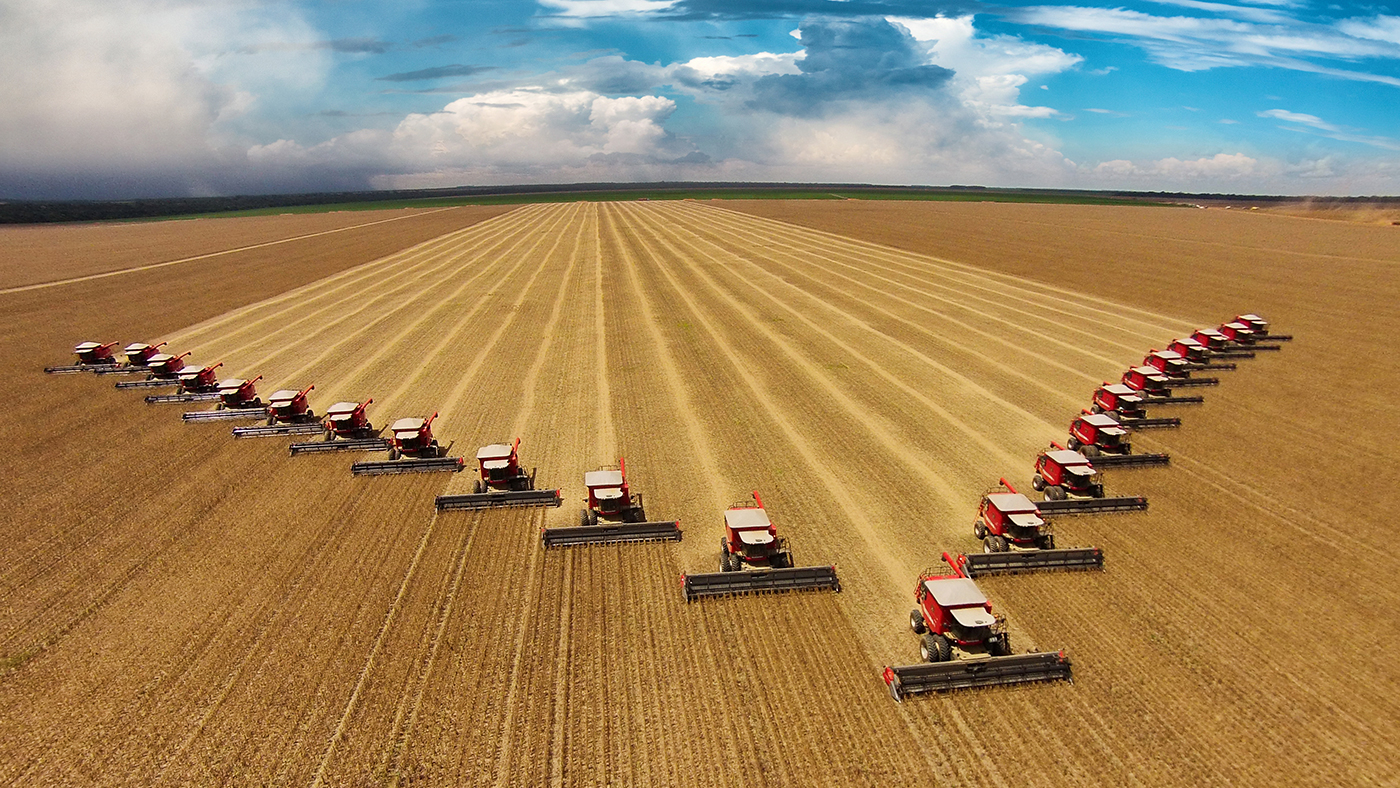All eyes in the commodity markets are understandably on the U.S. harvest progress this time of year. Ben Kasch of Bower Trading says the U.S. dollar may also be exerting some influence as well.
“I think the dollar is influencing it a little bit. We’ve been somewhat quiet on corn and wheat export numbers. Soybeans have been pretty solid week after week. I think it’s seasonality. Harvest pressure is coming on, grains are going to be moving to some of these elevators, and it’s going to be a readily available supply. The way the U.S. farmer has improved his equipment capacity, and as long as the weather cooperates, harvest is not going to take that long, and we could be putting some lows in here. Typically, we do see some lows put in here from mid-August to October, and so we’re already moving into mid-September, so you have to keep that in the back of your mind as well. I think what’s limiting any kind of sustained bullish play is harvest pressure for corn and soybeans today.”
Increasing import demand from China may also be something the markets watch closely in the months ahead.
“If you want to look at some Chinese numbers there, we did see an uptick there in China’s soybean imports up to 102 (million metric tons), so that’s a number we’ll have to keep an eye on. Obviously, Brazil overtook us on corn and soybean exports, but seeing that the Chinese demand number came up on imported soybeans is interesting to see there. So that’s 102 million metric tons versus 91.6 the prior year, so we’ll see if that continues or not. They are forecasting right at 100 for 2023-2024 Chinese soybean imports, but corn imports are also up to 23 million metric tons. Since they opened up that market to Brazil, they have been importing more corn. They’ve also seen some flooding in some of their prime corn ground, so their harvest may be a little shorter than expected. So, we could see more corn exports to China here. I’m sure we’re getting more competitive there.”
More information is available at bowertrading.com.


